Have you ever looked at a tree or shrub in your garden and thought whoa this is getting too tall too wide or too dense pruning helps solve these problems by removing branches or parts of branches to achieve the structure that you want.
If you remove no more than one-third of a tree or shrub at one time and use proper pruning cuts. Pruning can make your plants both healthier and more productive.
Table of Contents
Heading cut

The first cut is called a heading cut because it removes the top portion or head of a branch back to a bud that’s important. we’re not topping the branch we’re cutting back to a specific bud to make this cut place your shears one-quarter of an inch above a bud and at a 45-degree angle.

cut their plants respond to heading cuts by activating the buds immediately beneath to become new branches this helps to explain when to use this cut heading cuts are desirable for most flowering shrubs and fruiting trees because the new branches that emerge beneath the cut generate more buds more flowers and more fruit.
Gerbera gossypina : Eye-catching Hairy gerbera daisies
Air Layering Fruit Trees | Clone a fruit tree by Air Layering method

however, heading cuts should be avoided if the goal is to open a plant because they may make the plant denser robbing the center of light and air
Thinning cut
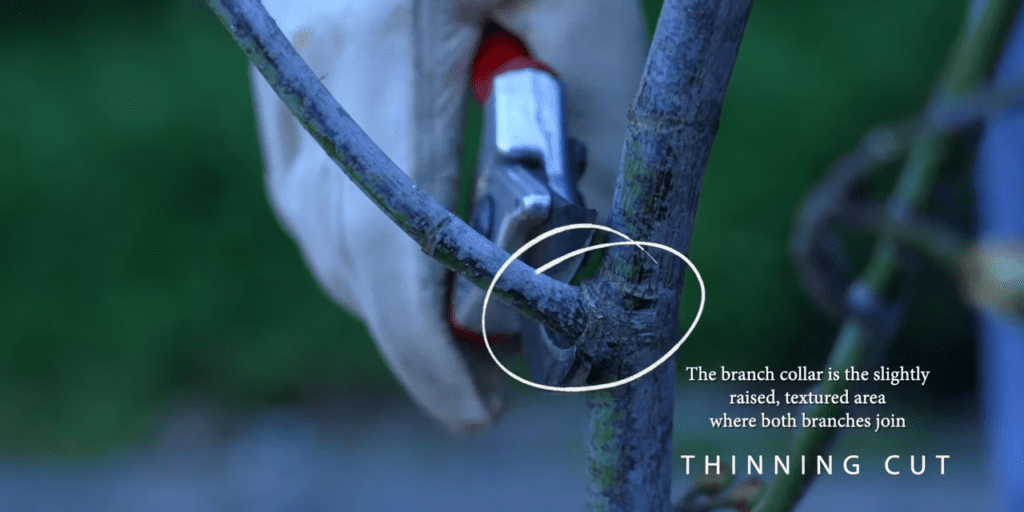
The second cut is called a Thinning cut because it removes entire branches within a tree or shrub and thins out the interior to make this cut place your shears just outside the enlarged collar at the base of the branch cut there. How to Grow Banana Trees from Banana
do not cut into the enlarged collar because it contains special cells that can grow over and seal the cut and do not leave a stub outside the collar because those special cells cannot grow up and over that stub plants respond to thinning cuts by channeling energy up the main branch making it grow longer and stronger

This helps to explain when to use this cut thinning cuts open a tree or shrub to more light and air allowing flowers and fruit to form throughout the plant not just at the exterior however thinning cuts leave lead branches intact and may cause a tree or shrub to grow taller or wider than you intended.
7 Steps of How to Cut a Dragon fruit and its taste?
Re-leadering cut
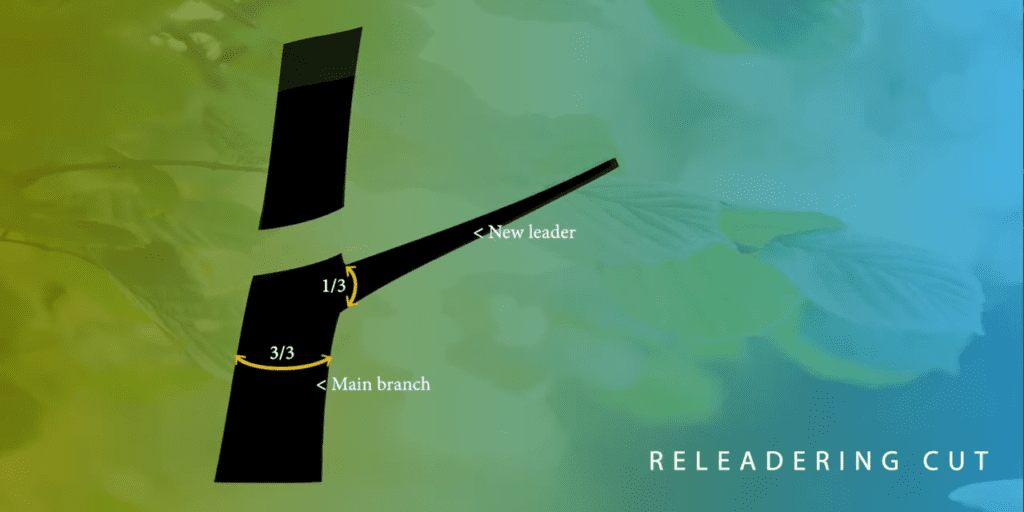
The third cut is called a re-leading cut because it removes the portion of a lead branch above a lateral casing. The lateral to become the new leader to make this cut place your shears no more than one-eighth to one-quarter of an inch above the joint where the main branch meets the lateral.
Now hold your shears at an angle that’s halfway between straight across the main branch and the slope of the lateral right in between that’s the cut
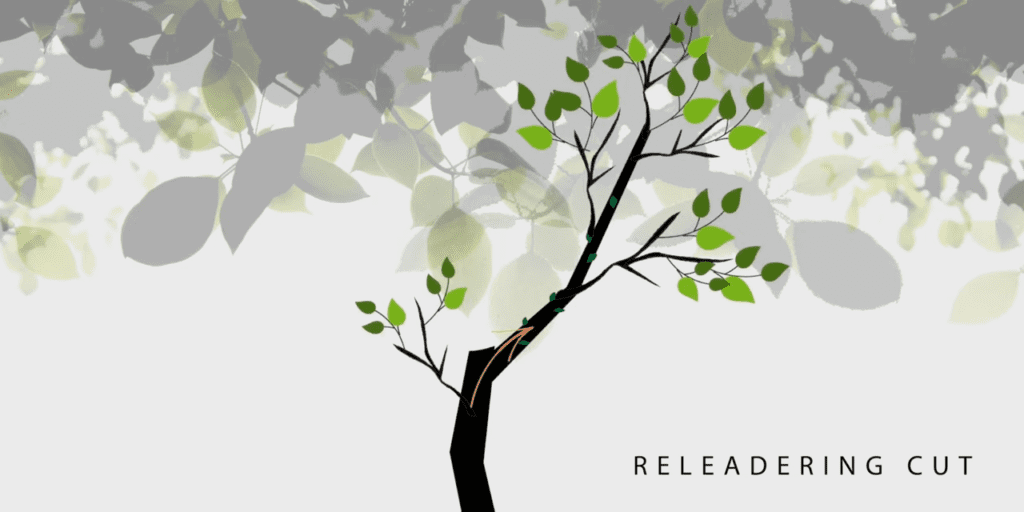
But be careful the lateral branch must be at least one-third the diameter of the branch to which it’s attached or it won’t be strong enough to become the new leader plants respond to re-leadering cuts by channeling energy to the lateral making it grow longer and stronger again this response helps to explain
when using this cut re-leadering cuts reduce the height and the width of trees and shrubs they also slow the growth of a plant which helps to keep a plant small however because the lateral branches remain re-leadering cuts alone may not reduce the density of a tree or shrub.
Jump cut
what about that fourth cut that I mentioned it’s called a jump cut and its purpose is to reduce the weight of a branch before making a final cut this avoids having a heavy branch pull away from the plant.
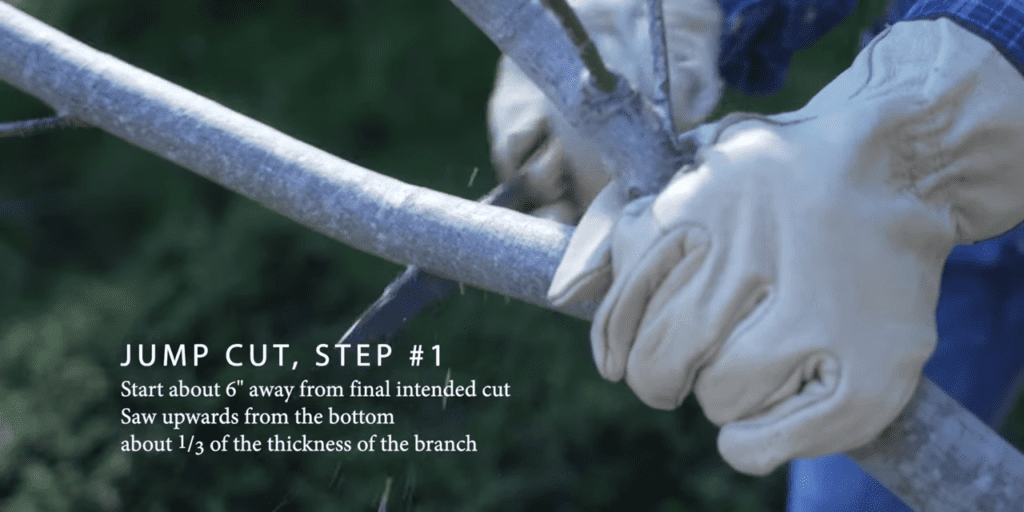
During a cut tearing the bark and creating a large wound that may not seal a jump cut is a series of three cuts. The first cut is from underneath the branch about six inches out from my intended final cut and about one-third to one-half the way through the branch.
Trifolium repens or White clover: How to grow & health benefits
The second cut is about one-half to one inch further out from the first cut if it works properly the branch will snap off between the second and the first cut and fall completely to the ground did you see how the cut jumped from the second cut to the first cut?
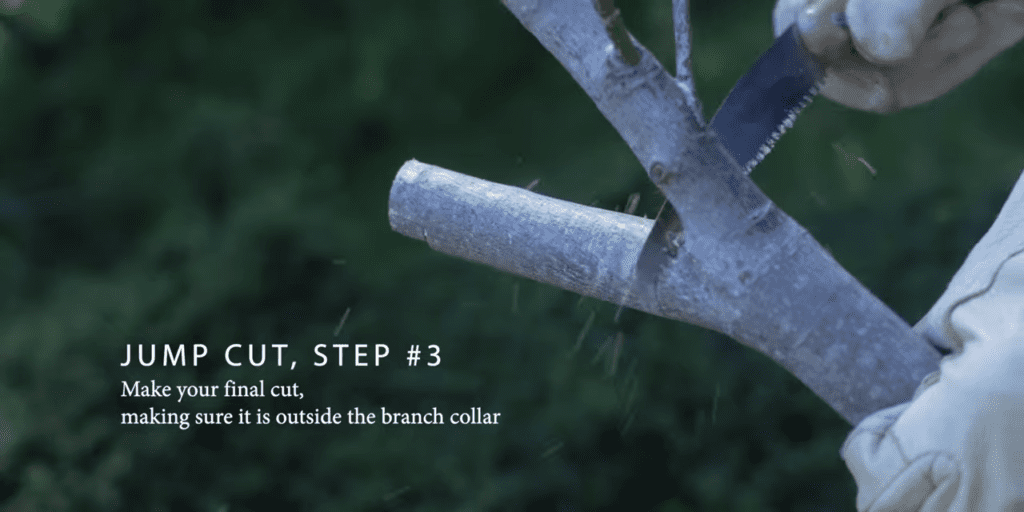
The third cut is the final cut just outside the branch collar now that you understand the purpose of each cut by itself let’s combine them to shape a tree or shrub in your garden.
Yellow Dragon Fruit: History, Type, Uses, Propagation
If you want to reduce the height or width of a plant use re-leading cuts like this re-leading cut for the tallest branch if you want to reduce the height width and density of a plant use a mix of re-leading and thinning cuts.
The Ultimate Kiwi Plant Growing Guide: Top Questions Answered
Here I’m using thinning cuts to remove a series of laterals if you want to reduce the height width and density of a plant but also promote some extra branching for more flowers and fruit shape your plant with re-leading and thinning cuts and finish with heading cuts at the tips of the branches that remain so there you have the four types of pruning cuts heading thinning re-littering and jump cut.
Dragon fruit plant: History, Type, Propogation
Does pruning stimulate growth?
Pruning is like giving your plants a refreshing haircut. When you carefully prune away dead or damaged branches and shape the plant just right, you’re directing the plant energy to a particular branch. Pruning encourages the plant to put its energy into new growth, sprouting fresh leaves and branches that make it thrive.
By pruning away the old, worn-out bits, you make room for new, vibrant growth. Plus, pruning lets in more excess sunlight and air, kind of like opening the windows on a beautiful day. This extra light and air circulation make your plants feel happier and healthier, encouraging them to grow even more fast.
Overdoing pruning can stress out your plants, so it’s essential to prune thoughtfully, paying attention to what each plant needs.
what does pruning do?
Pruning helps your plant to breathe easier. Clearing out overcrowded branches lets more air and sunlight penetrate every part of the plant. It’s like opening the windows on a stuffy day—you feel instantly better, right? Well, plants feel the same way! With more sunshine and fresh air, they can grow happier and healthier.
So, pruning isn’t just about cutting away some branches —it’s about nurturing and helping your plants thrive. It’s like giving them a little plant spa day.

